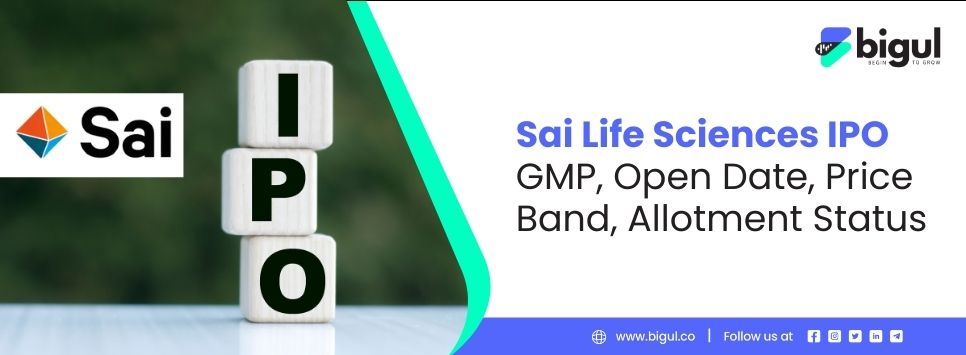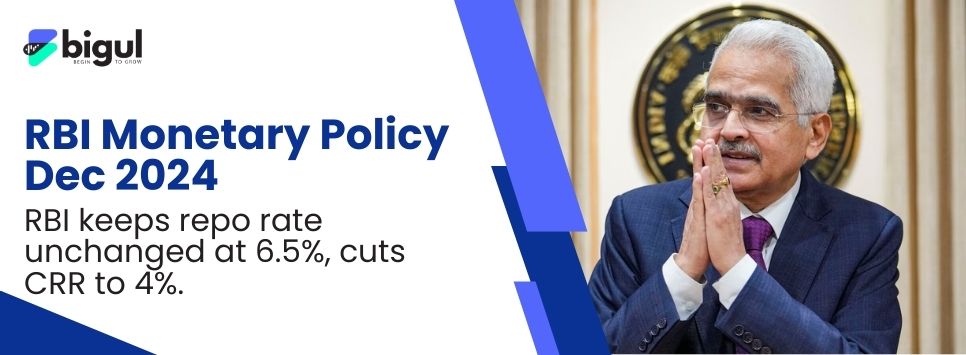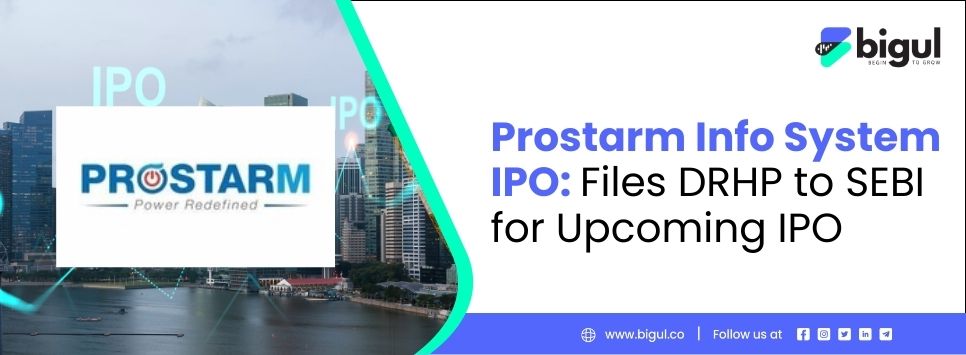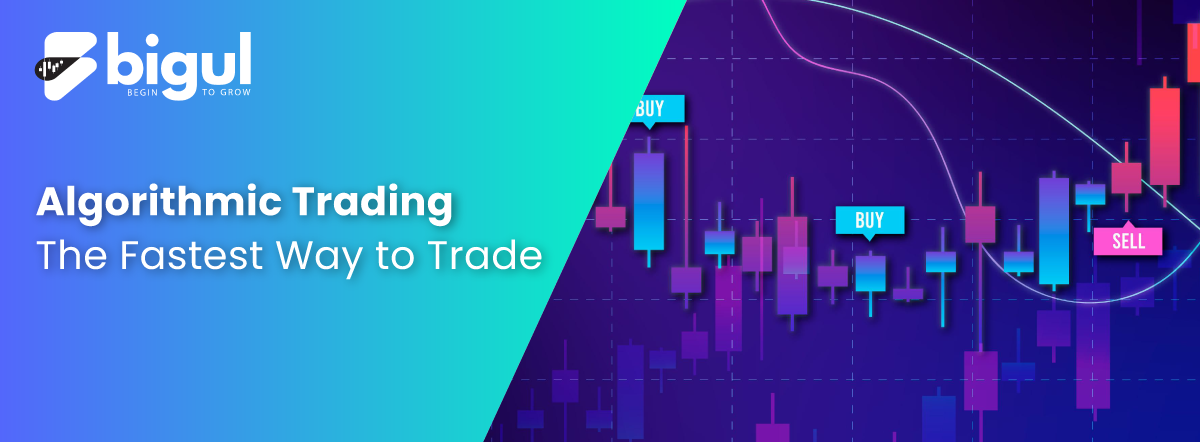Algorithmic trading commonly referred to as “Algo Trading”, or “rule based trading” is a process for executing orders that considers variables including time, price, and volume while using automatic pre-programmed trading instructions.
Algorithmic trading, also known as automated trading, black-box trading, or simply algo trading, is the process of employing computers that are programmed to execute trades in a way that is quicker and more frequent than a human trader can ever be.
Although you can create your algorithm and use it to generate buy or sell signals, full automation is not permissible for retail traders; therefore, manual intervention is necessary while placing orders.
Benefits of Algorithmic Trading
Algo trading provides the following benefits:
• Trades executed at the best possible prices
• Order placement is real-time and accurate (high probability of an order being executed at the desired price)
• Trades are timed correctly and instantly to avoid significant price changes
• Reduced transaction costs
• Realtime automated checks on different market conditions
• Low probability of manual errors when placing the orders
• Algo trading can be tested for after market events using historical and real-time data to see if it is a viable trading strategy
• Minimize the probability of errors by traders influenced by emotions and psychology.
“High-frequency trading (HFT) aims to profit from placing a significant number of orders immediately across various marketplaces and decision parameters based on pre-programmed instructions.”
Algorithmic trading is used in number of ways for trading and investments, including:
• When mid- to long-term investors or buy-side companies—pension funds, mutual funds (MF), insurance providers—don’t intend to operate stock prices with separate, high-volume investments, they also use algo trading to acquire stocks in bulk.• traders with short-term position and sellers, brokerage houses, speculators, and arbitrageurs. They benefit from automated trade placements; in addition, Algo trading helps in generating enough liquidity for sellers in the market.
• Systematic traders—trend followers, hedge funds, or pairs traders (a market-neutral trading strategy that matches a long position with a short position in a pair of highly correlated instruments such as two stocks, exchange-traded funds (ETFs), or currencies)—find it much more efficient to program their trading rules and let the program trade automatically.
Algorithmic Trading Strategies
Any algorithmic trading strategy requires an identified profitable opportunity in terms of improved earnings or cost reduction. The widely used ALGO-trading strategies are as follows:● Multi-Leg Options Order
A multi-leg Option is a request to the while trade choices with more than one strike cost, termination date, or aversion to the fundamental resource’s cost. Fundamentally, a multi-leg options request alludes to any exchange that includes at least two options that are finished without a moment’s delay. Since the request incorporates a mix of various agreements, it contrasts from legging into or out of a multi-leg procedure individually.Multi-leg options orders, like spreads and butterflies, are often used to catch benefits while evaluating unpredictability is normal; however, the course and timing are muddled.
● Scalping
Scalping is an exchanging system outfitted towards benefitting from minor cost changes in a stock’s cost. Dealers who execute this system place somewhere in the range of 10 to two or three hundred exchanges a solitary day with the conviction that little moves in stock cost are more straightforward to get than huge ones; brokers who carry out this methodology are known as hawkers. Fewer benefits can, without much stretch, compound into considerable increases if a severe leave technique is utilized to forestall enormous misfortunes.● Trend Trading
Trend trading is an exchanging style that endeavors to catch acquire through examining a resource’s force in a specific heading. The cost is moving in one general bearing, for example, up or down, known as a pattern.● Breakout Trading
Breakout trading is an endeavor to enter the market when the cost moves outside a characterized cost range (backing or obstruction). Be that as it may, a certified breakout should be joined by expanded volume.● Calendar Spread
A calendar spread is a choice or fates procedure laid out all the while entering a long and short situation on a similar primary resource yet with various conveyance dates.● Order Slicer
Slicers allow you to arrange your buttons in sequential requests (climbing or sliding). Since you can’t necessarily, in all cases, rely upon your most famous buttons beginning with the letter “A” this could represent an issue.Technical requirements for Algorithmic Trading
The last step in algorithmic trading is to put the algorithm into practice using a computer program after back-testing (trying out the algorithm on historical periods of past stock-market performance to see if it would have been profitable). The challenging part is integrating the determined strategy into a computerized system that can access a trading account and accept orders.
The requirements for algorithmic trading are following:
• Computer-programming knowledge to program the required trading strategy, hired programmers, or pre-made trading software.
• Network availability and access to trading platforms to execute orders.
• Easy availability to market data feeds that will be observed by the algorithm for window to place orders.
• The power and base, to back-test the system once it is built before it goes live on real markets.
• Available historical data for back-testing depends on the complexity of the rules implemented in the algorithm.


.jpg)



.jpg)
 1.jpg)




.jpg)
